
Even before the days of lockdowns and widespread work-from-home, computers and smartphones have been an integral part of our lives for many years. It's hard to believe that only 20 years ago, computers were a luxury that most homes didn't keep, and those that did maintained large bulky units as opposed to the sleek slim hyper-efficient machines we rely on today.
Thanks to the conjoined efforts of web developers and hardware developers alike, computers today perform a myriad of functions, sifting through data, analyzing and organizing, creating systems of communication, media development, and most importantly, giving us an avenue to easily search for pictures of baby animals. What we often forget is that the main function of computers is computing! While we remain comfortable with the endless roles filled by modern-day computers, their original purpose was that of a high-grade calculator because everything eventually comes down to numbers.
In fact, if it wasn't for our unending thirst to create a machine that could efficiently compute elementary and complex arithmetic equations, the 20th century may not have seen the creation of the electronic devices we are so reliant upon today. The computer was the final culmination of numerous computing machines built over the centuries, beginning as far back as the days of Ancient Egypt and Medieval Europe.
Through the slow and gradual process of globalization, the first traces of advanced computing mechanisms made their way across the world and were developed and redesigned to give us the fantastical computers we have now. These are just a few of such brilliant ancient devices that were commonly used for computing in the past.
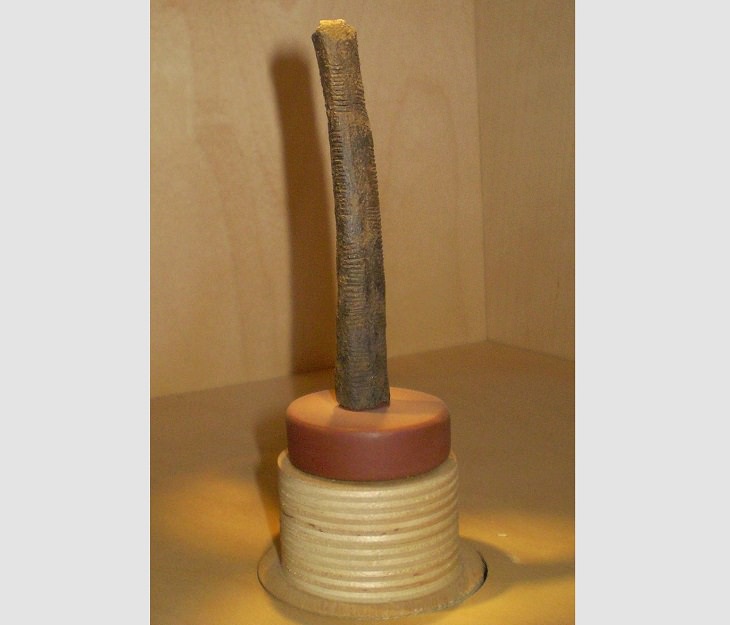
(By Ben2, Wikimedia Commons)
The Ishango Bone is a tool from the Upper Paleolithic era, roughly 15,000 years ago. It was created from the fibula bone of a baboon and is believed to have been used for counting, as a tally stick. It also likely had numerous non-mathematical uses as well.
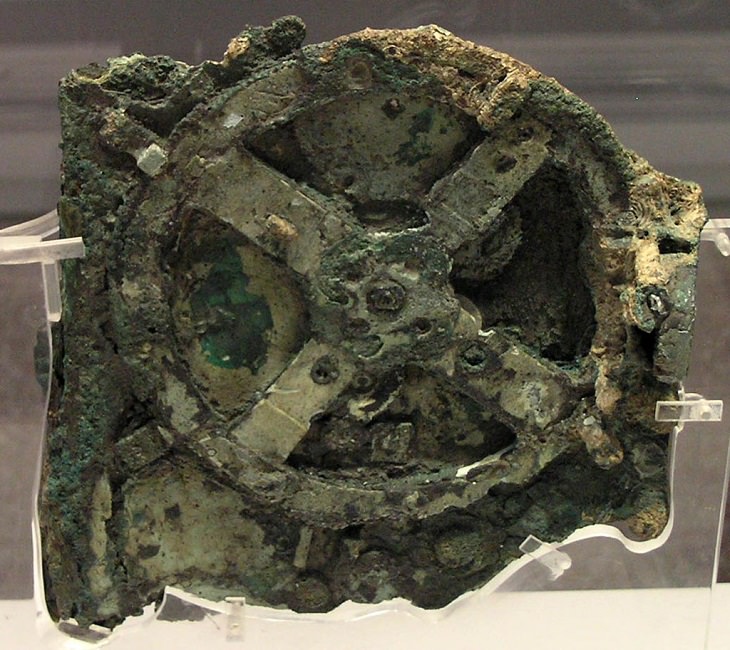
The Antikythera mechanism was a hand-powered analog computer used by the Ancient Greeks sometime between 100 BC and 70 BC. These massive machines were used to predict astronomical events and irregularities. Depicted in the photograph is a fragment recovered by archeologists, a single gear among 35-40 believed to be in the device.
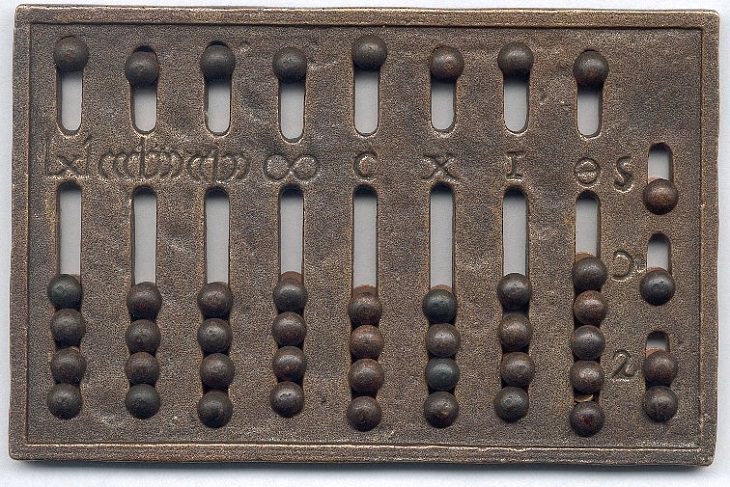
(By Razumhak, Wikimedia Commons)
The Roman Abacus was a portable calculator created in the 3rd century, developed from earlier models used by the Ancient Greeks and Babylonians. It was used by merchants, tax collectors, and engineers to do arithmetic calculations using Roman Numerals.
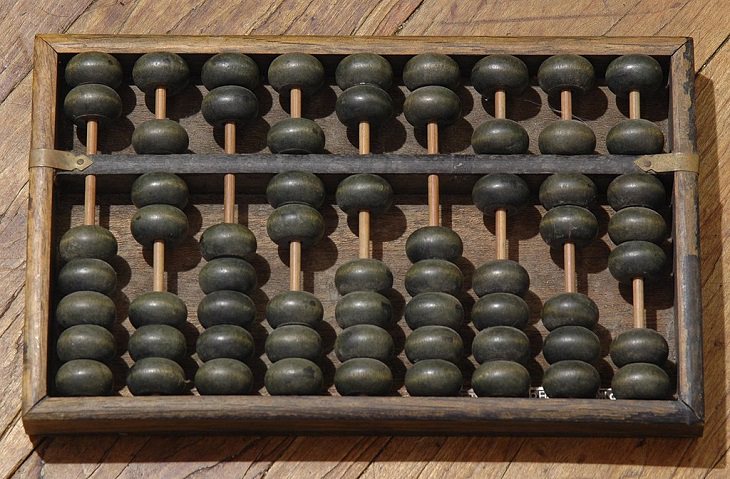
(By Dave Fischer, Wikimedia Commons)
The Suanpan was a traditional Chinese abacus used in 190 AD that essentially worked like a calculator. Calculations could be made by moving the beads, and a quick shake of the board would reset the beads. Suanpan techniques were developed to be highly efficient, allowing users to add, multiply, subtract, and do square root operations at extremely high speeds.
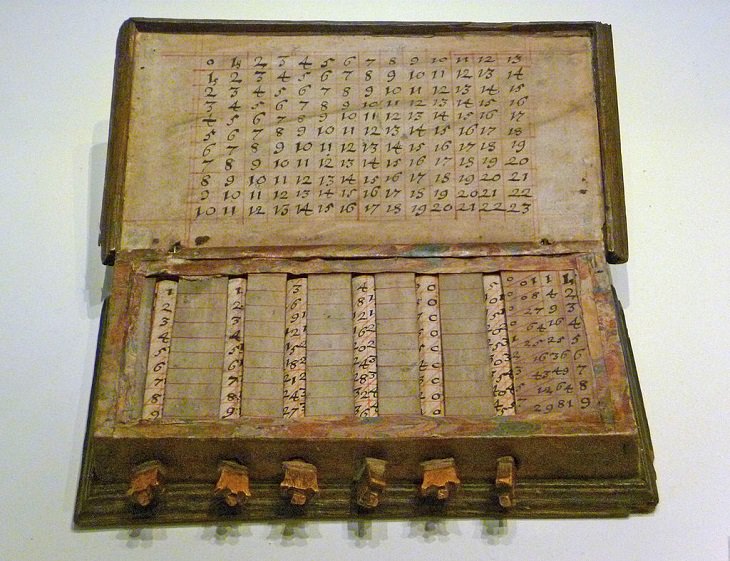
(By Kim Traynor, Wikimedia Commons)
17th-century Scottish physicist and mathematician John Napier realized that once a device could add and subtract, it could multiply through repeated addition, and divide through subtraction. In 1615, he created the initial prototype for this ingenious calculating machine that made use of natural logarithms to compute 90 pages of tables of numbers. He delegated the development of his design to peers who eventually redesigned it to work in other scientific fields.
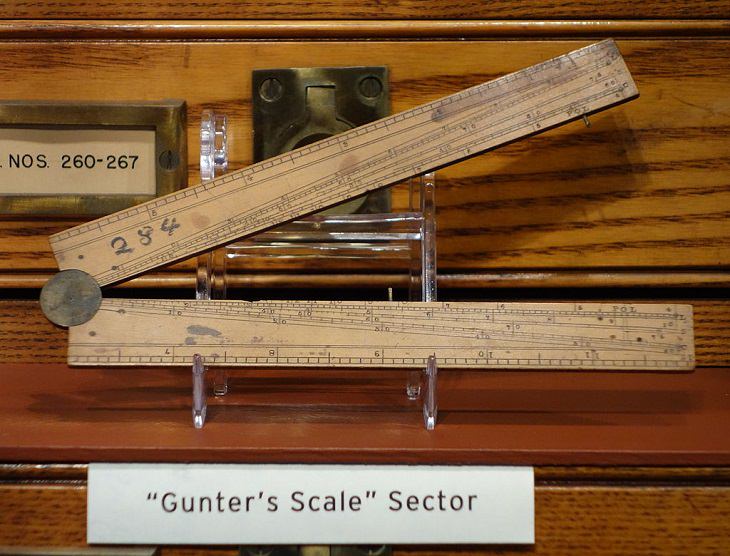
(By Daderot, Wikimedia Commons)
Invented by Edmund Gunter in the 1620s, this device used a logarithmically designed scale for arithmetic and trigonometric calculations. It was largely used by seamen for navigation and course-setting. This device is the predecessor of the slide rule, which was the calculating device used in most professions until the 1970s.
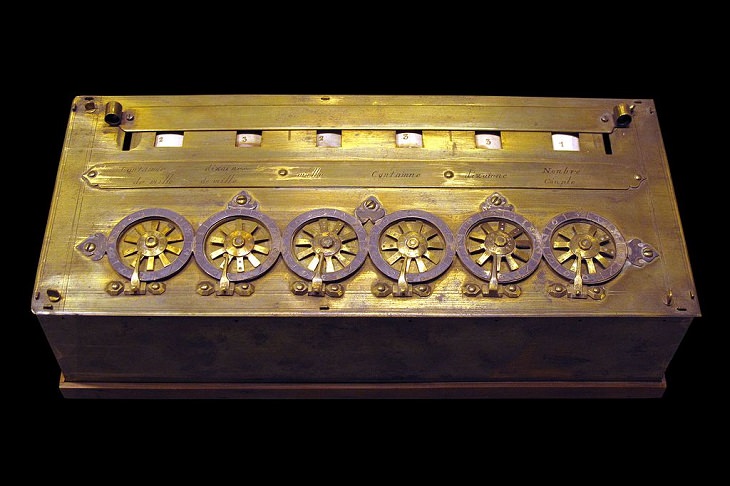
(By Rama, Wikimedia Commons)
This device was invented by Blaise Pascal, the teenage son of a French tax collector in the mid 17th century. The boy soon shared in Napier’s earlier discovery. The machine could add, subtract, multiply, and divide through repeated process. Pascal created numerous more version of this calculator, each better than the last. He received a royal privilege, similar to a patent, granting him exclusive rights to sell this device in France. The Pascaline would go on to inspire numerous other historical inventors.
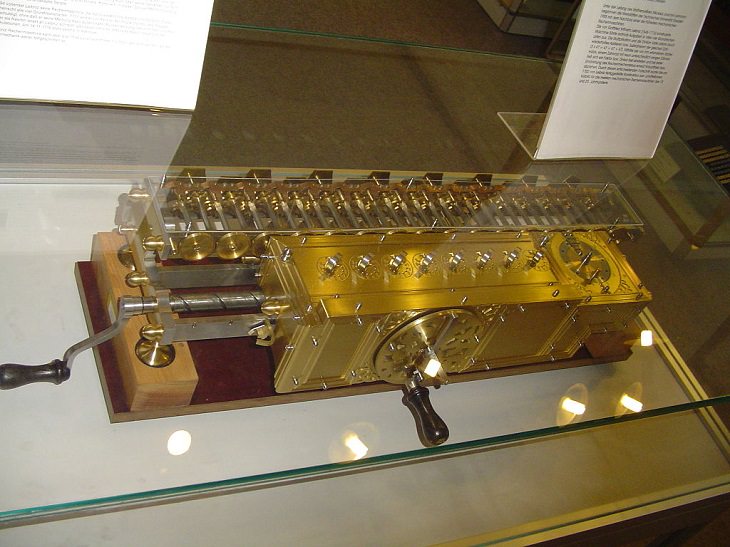
(By Kolossos, Wikimedia Commons)
The brainchild of German mathematician Gottfried Wilhelm Leibniz, this device, designed in the 1670s, was one of the first mechanical calculators. It was named after the German term for its operating mechanism, “Staffelwalze”, which translates into English to “Stepped Drum”. It was the first calculator to mechanically perform all 4 arithmetic operations and was easy to operate.
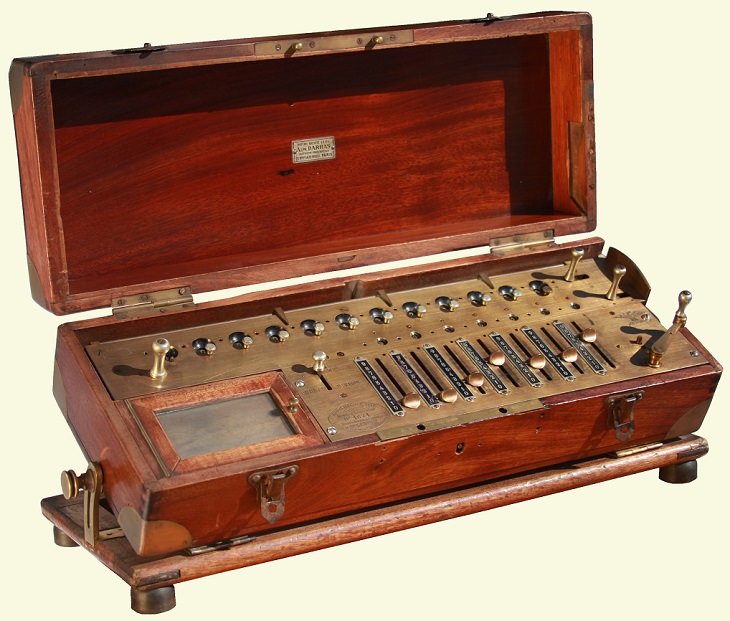
(By Ezrdr, Wikimedia Commons)
While Leibniz’s machine was the first of its kind, the Arithmometer was the first of its kind to appeal to the masses. Designed in the 1820s by French entrepreneur and inventor Charles Xavier Thomas de Colmar, this mechanical calculator was the first one to come with strength and durability, making it viable for daily use in offices and official settings. It became the first successfully mass-produced mechanical calculator in history.
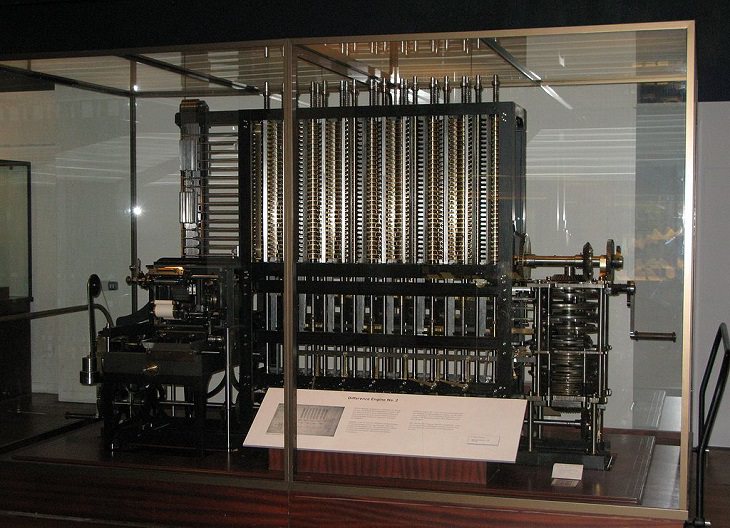
(By geni, Wikimedia Commons)
It took the skills of English mechanical engineer and polymath Charles Babbage to combine the arithmetic operations of mechanical calculators with the functions of mechanical looms used in textiles like the Jacquard Loom, and the input system of punch-card systems used to process information.
Using this combination of numbers, movement, and data storage, he designed the Different Engines, which could compute more information at a faster speed, and more closely resembles earlier versions of the first computer prototype. It is from this design that modern-day processors have been developed.
Share this article with other history buffs!